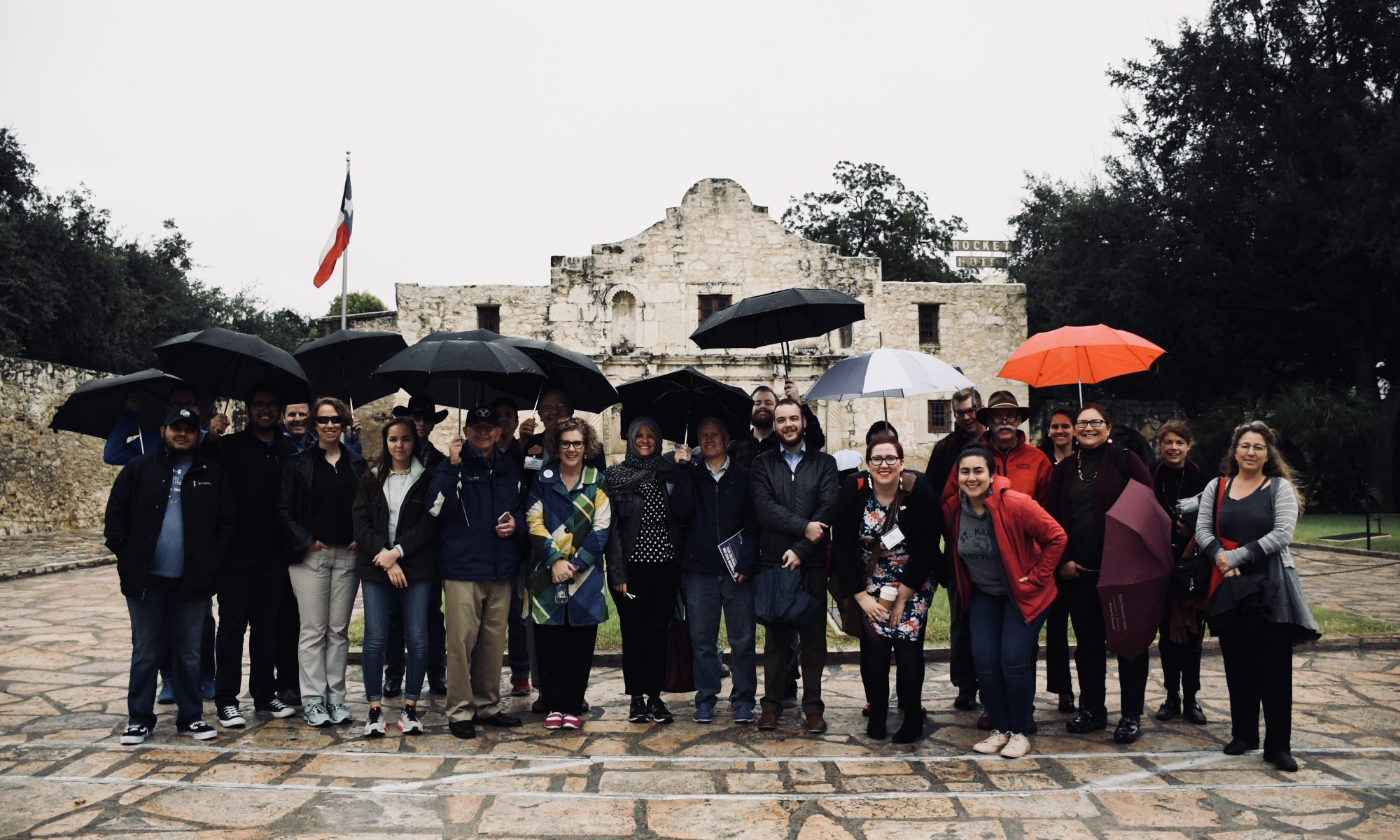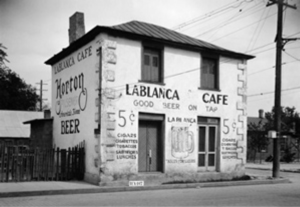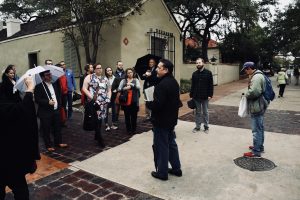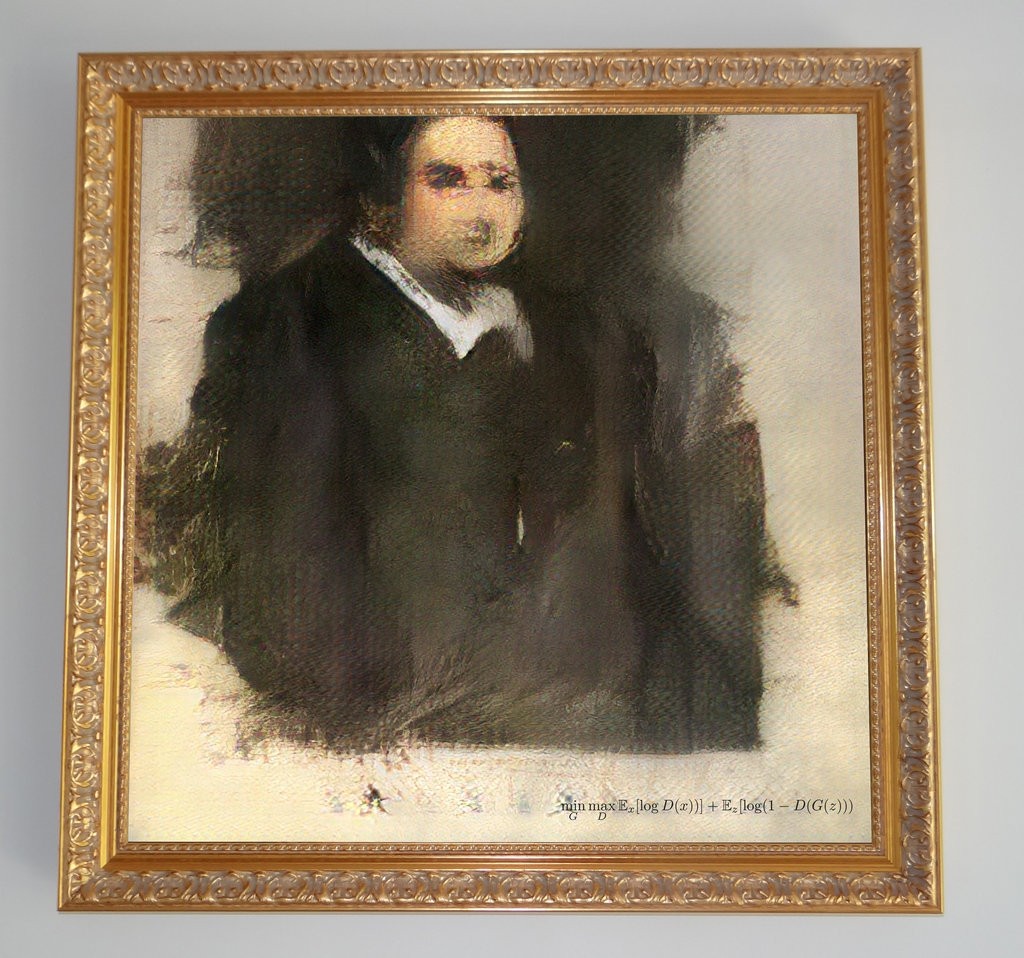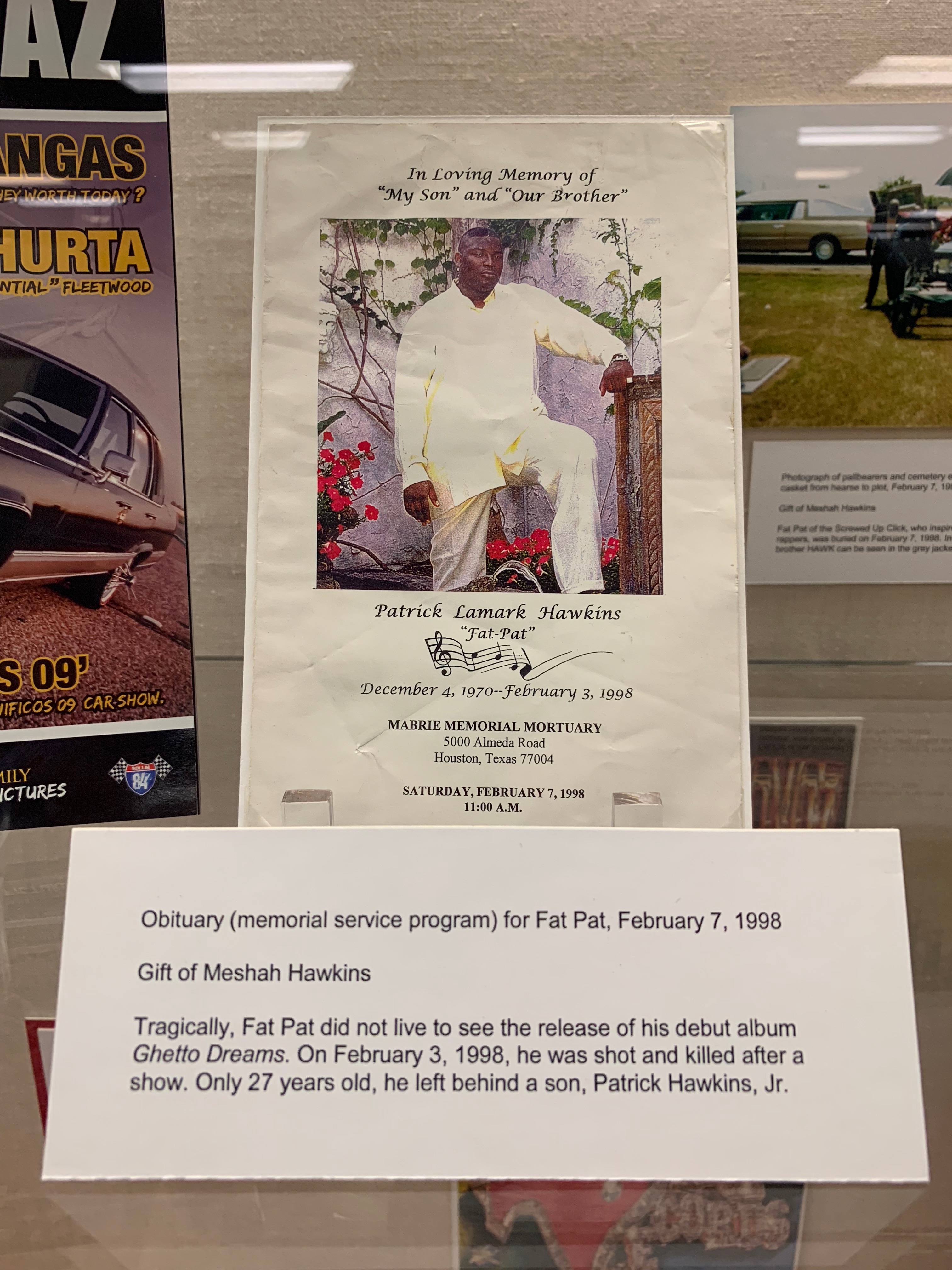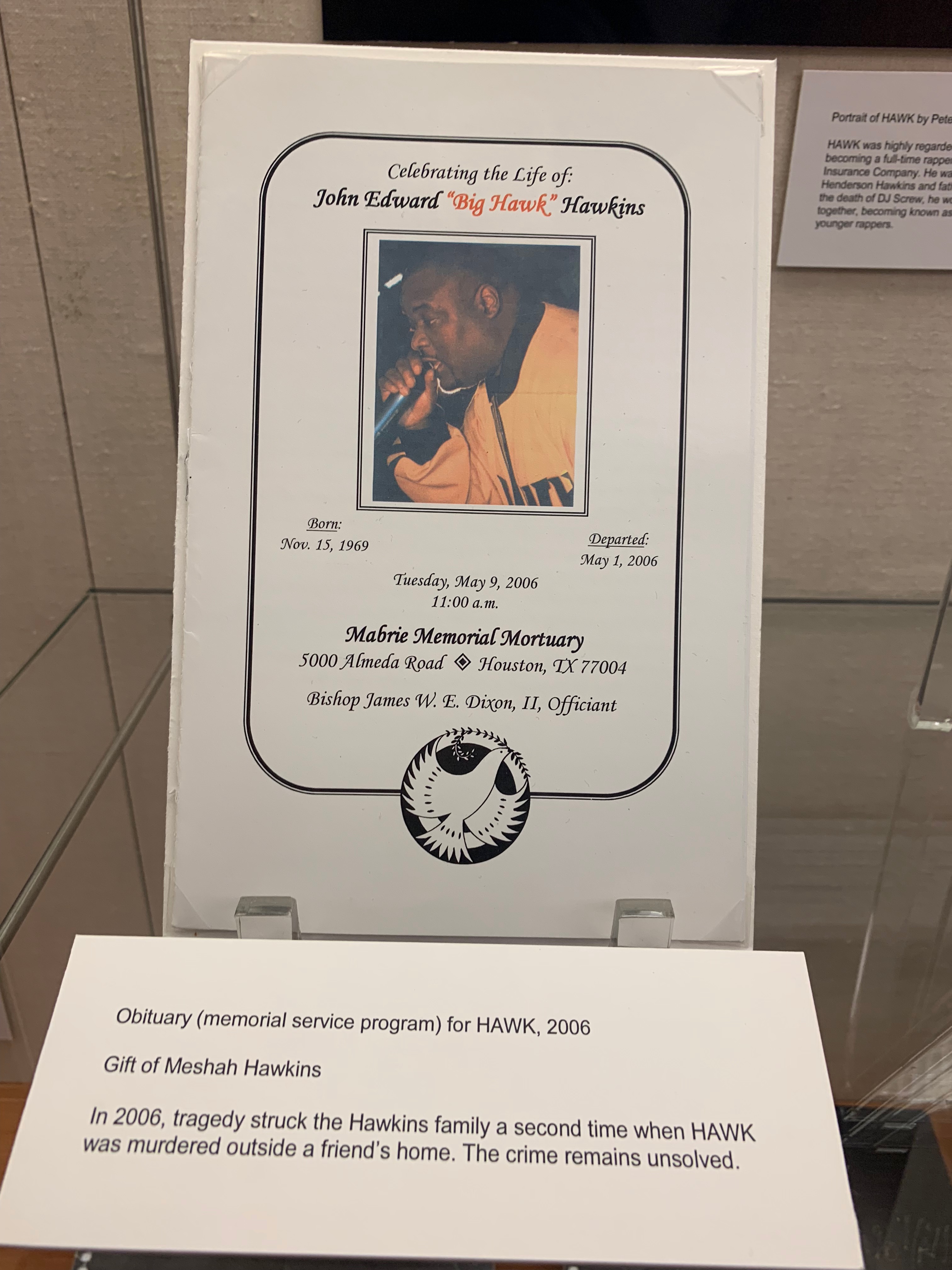In the early years of the 17th century, Europe was in flames. The Thirty Years War ravaged the Holy Roman Empire from within and throughout. At stake was the future of Christianity and the legacy of the Roman Empire. From a distance, it seemed to be a war to determine whether Protestants or Catholics would dominate Europe. In reality, it was a small regional conflict which began in 1618 with the Defenestration of Prague. The war grew from a small conflict centered in Bohemia to envelop nearly all of Europe in a grand war steeped in power-politics. French military involvement was limited to funding the enemies of the Holy Roman Emperor during the early and middle phases of the war. Instead, France turned to its nominal ally Sweden to fight Its enemies for them.
Sweden was still a developing power – it had only been 100 years since a Danish king ruled Sweden under the Kalmar Union. Sweden’s people and resources, (specifically Its grain harvests) had been exploited by Denmark for over a century. During the hundred years following Its independence, things did not improve greatly. Sweden suffered at the hands of the Hanseatic League, which controlled the lucrative herring trade, as well as locking Sweden out of trade relations with most of the other Baltic nations. Moreover, the Swedish army suffered defeat after defeat, especially at sea. Rebellions plagued the country, and the barons took what they wanted. A series of tax reforms, a permanent break from Denmark, and the hereditary ownership of the Swedish crown by the Vasa family was the first step towards power for them.
Finland had been a Swedish territory since around 1250 CE. Throughout the middle ages, Finland had remained a very sparsely populated and rural land. Natural resources aren’t in abundance – the exception being fish. Sami fishermen, (Sami being the native population of Finland throughout the middle ages) made up the bulk of the coastal provinces. Villages were organized through ecclesiastical authorities, and in many ways it was simply a Swedish colony.
In 1628, Gustavus Adolphus, King of Sweden invaded the Baltic coast of Germany with his Finnish Hakkapeliitta cavalrymen and began a campaign to bring the Holy Roman Emperor to his knees.
The Hakkapeliitta were an exceptionally trained army of light cavalrymen. Their name is derived from the Finnish war-cry “Hakkaa päälle, pohjan poika“, which can be literally translated to ‘Hack through them, sons of the north!’ They were a form of cuirassier, or lightly armored cavalry equipped with sabers and firearms.

As they charged their enemies at full speed, they would fire a pistol shot at the enemy to disrupt their formation, and then slash through them with cold steel. Hakkapeliitta typically rode very small horses of the Finnhorse breed. They often performed flanking maneuvers and would bait the enemy into firing their first shot at an elusive and fast-moving target. At a time in history when reloading mechanisms for firearms were still quite slow and cumbersome, this was an invaluable tactic. The enemies of Sweden, who were primarily Catholic, came to have their own understanding of the Hakkapeliitta’s effectiveness.
They were witches.
Yes, throughout Germany and the Baltic coastline, the Hakkapeliitta came to have a reputation as practitioners of witchcraft. The Finnish horsemen were said to be invincible, and that gunfire would simply pass through them and leave them unharmed. Western Europe had relatively little knowledge of Finland and the native Sami people, and their understanding was that Finland was the frontier of Christianity, and the home of dark spirits. Finland had fairly recently been the target of the Baltic Crusades. In a time of relative ignorance, the Christian Finnish troops of the Hakkapeliitta were understood as Pagans and practitioners of black magic – it was the only explanation the western armies would accept for how the noble Christian knights of the west could be defeated.
Obviously they weren’t witches, but they were effective.
The Hakkapeliitta were instrumental in the Swedish victories at Breitenfeld (1631) and Lützen (1632), which effectively left Sweden the masters of northern Germany and with the potential to create a new Protestant Holy Roman Empire. The death of Gustavus Adolphus changed all of that, but for a brief moment – the fate of Europe hung in the balance of a small band of ‘witches’ on horseback.
Stories such as these are fundamental to the identities of their respective cultures, but are otherwise unknown to outsiders. I’ve found that the most engaging historical narratives for non-historians are those ‘oddball’ stories about groups often neglected in larger historical narratives. That being said, it’s a shame that researching topics like these is so difficult, and really only a possibility for native audiences. For example, when I was researching this project, I came upon a Finnish website run by their government, with a great deal of historical context for this period and the subject itself. However, I don’t speak Finnish, and neither do 99/100 people on earth. Hopefully, if subjects like these generate more interest, local groups will feel incentivized to translate their sources and appeal to broader audiences.

